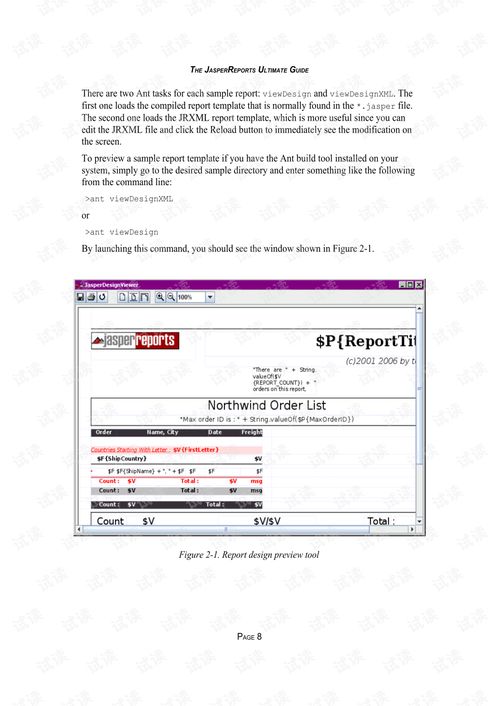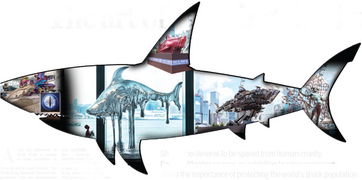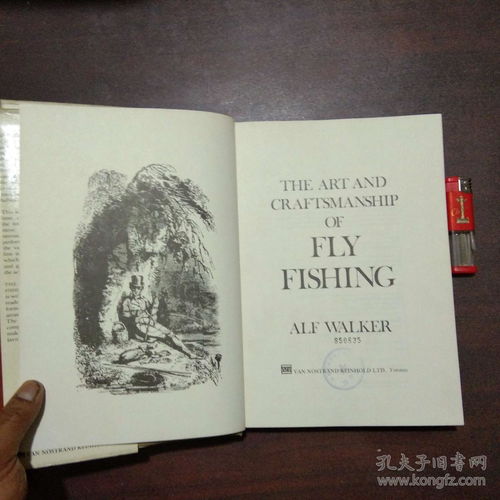Introduction:

Fishing from the road can be a convenient and enjoyable way to catch some fish without having to venture too far from home. Whether you're driving through scenic landscapes or just looking for a quick bite, roadside fishing can be both relaxing and rewarding. In this article, we'll provide you with a comprehensive guide to roadside fishing techniques, complete with a step-by-step visual tutorial to help you get started.
Section 1: Choosing the Right Location
Step 1: Spotting Potential Spots
- Look for areas where the road crosses a body of water, such as a stream, river, or lake.
- Pay attention to culverts, bridges, or other structures that might create good fishing spots.
- Observe the water flow and look for areas where the current is slower, as these spots are often preferred by fish.
Step 2: Assessing the Area
- Check the legal fishing regulations for the specific location to ensure you're allowed to fish there.
- Look for signs of fish activity, such as splashes or fish rising to the surface.
- Consider the depth of the water and the type of fish you're targeting.
Section 2: Equipment and Gear
Step 1: Selecting the Right Rod and Reel
- Choose a rod and reel that are appropriate for the type of fish you're targeting.
- For smaller fish, a light-action rod and reel will suffice. For larger fish, a heavier-duty setup is necessary.
Step 2: Choosing the Right Line and Lure
- Use a line that matches the size of the fish you're trying to catch.
- Select lures or bait that mimic the natural prey of the fish in the area.
Step 3: Additional Gear
- Bring a tackle box with a variety of hooks, sinkers, and swivels.
- Pack a pair of needle-nose pliers for removing hooks.
- Don't forget a fishing license, if required.
Section 3: Setting Up Your Station
Step 1: Securing Your Position
- Park your vehicle on the side of the road, ensuring you're not blocking traffic.
- Use a bungee cord or a heavy-duty rope to secure your vehicle to a sturdy object, such as a tree or a signpost, to prevent it from rolling.
Step 2: Casting Your Line
- Hold the rod with a comfortable grip and position your feet at a distance that allows you to cast with ease.
- Point the rod towards your target and begin your backcast, keeping the line tight but not too tense.
- Swing the rod forward with a smooth, continuous motion, releasing the line as you reach the apex of your cast.
Step 3: Presenting Your Bait
- Allow your bait or lure to sink to the desired depth before starting your retrieve.
- Vary the speed and rhythm of your retrieve to mimic the natural movement of prey.
Section 4: Catching and Handling Fish
Step 1: Hooking a Fish
- As the fish takes the bait, set the hook by lifting the rod tip quickly and sharply.
- Keep tension on the line to prevent the fish from escaping.
Step 2: Playing the Fish
- Use a combination of rod control and line tension to tire the fish.
- Avoid making sudden movements that might injure the fish or damage your gear.
Step 3: Landing the Fish
- Once the fish is tired, carefully guide it to the岸边.
- Use the needle-nose pliers to remove the hook, being careful not to harm the fish.
Step 4: Releasing or Keeping the Fish
- If you're releasing the fish, make sure to handle it gently and return it to the water quickly.
- If you're keeping the fish, place it in a cooler or livewell to keep it fresh.
Conclusion:
Roadside fishing can be a fun and rewarding activity, and with the right techniques and equipment, you can increase your chances of success. By following this step-by-step visual tutorial, you'll be well on your way to becoming a proficient roadside angler. Remember to always respect the environment and the fish you're catching, and enjoy the tranquility of fishing from the road. Happy fishing!












